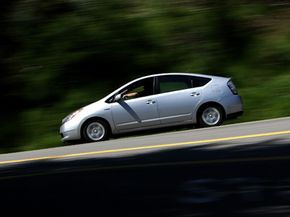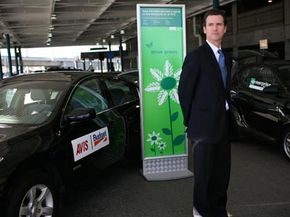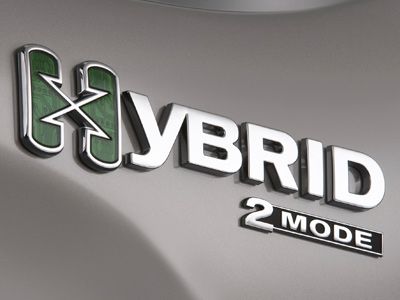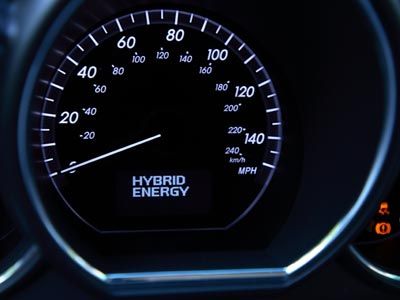For many drivers concerned about paying high gas prices at the pump, alternative-fuel vehicles already equal relatively good long term savings. For new car buyers looking to do some eco-friendly driving, hybrid cars seem to offer the best compromise, since they provide excellent fuel efficiency along with clean, and quiet electric technology.
As production of hybrid cars increases, and the technology improves to make it cost less for companies to produce them, many of the vehicles will become less expensive to buy off the dealer lot. Currently, new hybrids are hovering in the $20,000 to $30,000 range, and although they're typically more expensive than their gas-guzzling counterparts, the benefits in the long run appear to offset any initial costs, even when you account for insurance and repairs [source: Mello].
Advertisement
On top of all this, it's possible to get even more bang for your buck thanks to the Internal Revenue Service (IRS). Looking to give drivers more incentive to purchase cleaner, more fuel-efficient vehicles, the U.S. Congress drafted the Energy Policy Act of 2005. The new policy allows for a tax credit up to $3,400. This represents a pretty significant improvement over the previous tax system, which allowed hybrid car owners to make a deduction of up to $2,000 on their taxes. The more recent bill introduced a new system that allowed new hybrid car owners to get a special tax credit -- instead of a deduction -- once they made the purchase. This makes it easy for someone thinking about doing a little green driving behind the wheel of a hybrid vehicle, maybe in a Toyota Prius or a Honda Insight, to knock off a certain amount of money from the price tag before driving off the lot. The new car owner knows that somewhere down the line he or she will have to pay less in taxes.
So how does the hybrid tax credit work under the Energy Policy Act of 2005? What's the difference between a credit and a deduction, anyway? Is this really a better deal? And does it matter what kind of hybrid you buy? What paperwork do you have to fill out to get this tax credit, and, maybe most importantly, what's the hitch?
Advertisement





